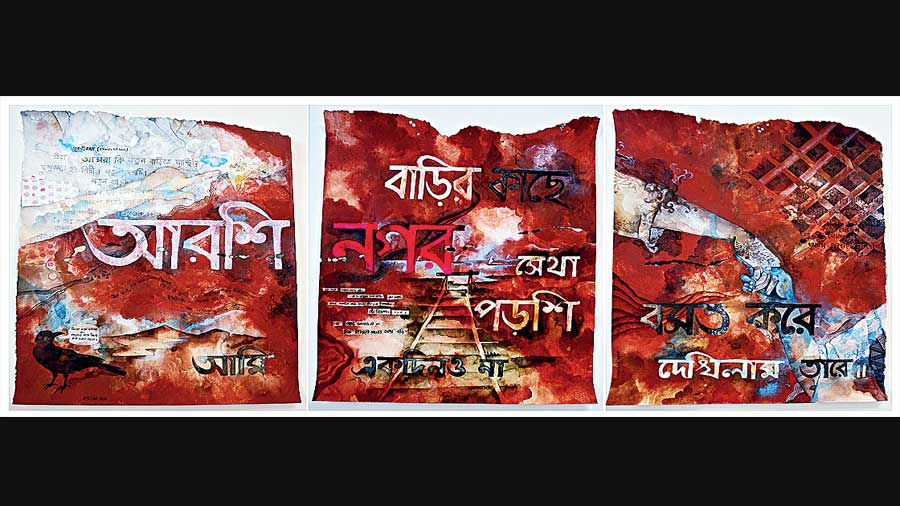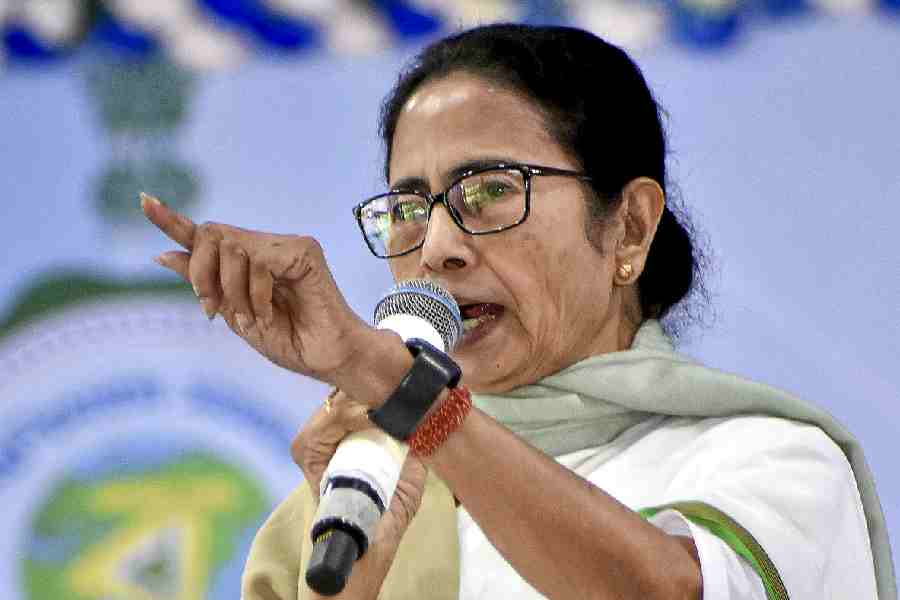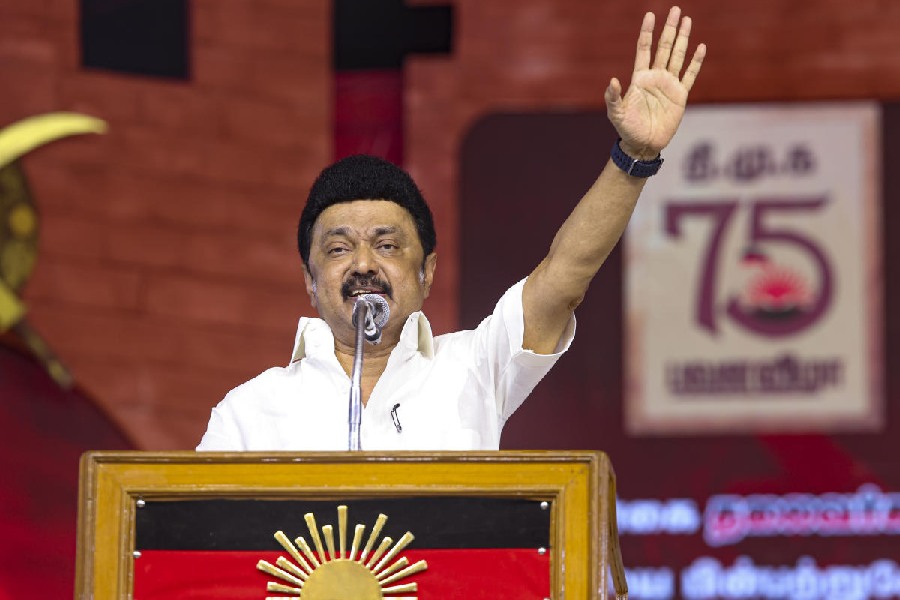None of the five participants of the show, The Legacy of Loss: Perspectives on the Partition of Bengal, recently hosted by the Kolkata Centre for Creativity and Kolkata Partition Museum Trust, was even born in 1947. But some wounds don’t heal in the mind, even when the scabs fade. And this disinheritance — of home and homeland, of social identity, suddenly eclipsed by the anonymity of the term, ‘refugee’ — is a fraught legacy, without closure, continuously refreshed in history and lore.
Family lore. Recycled anecdotes of horror and heroism that can’t be, ought not to be, forgotten. But in Paula Sengupta’s works it is nostalgia that echoes, the ambience of an age of grace and leisure, of “cool comfort” the family elders used to recount. Rivers of Blood — Caste: Baidya, Village: Batisha, in its very title, clutches on to an identity as precious as heirlooms, packed safely away with care, as it were, in two display cupboards. It was a time when mundane items like swaddling clothes or bed linen were invested with exquisite feminine craft that bore a personal touch. And the culinary inheritance My Cabinet of Recipes refers to is increasingly cherished, as foodies yearn for vintage delicacies.
For somebody who doesn’t even belong to East Bengal, Amritah Sen’s insight into the persistent anguish of the displaced reveals how Partition has become a mainstream narrative through literature and cinema. The title to her 11-page accordion book summarizes how Deshbhag wasn’t only about a physical split: on one page, a finger points to a river while the speech bubble says, “my family home lies somewhere on the other side”. It’s about Monbhag as well, a deep fissure in the mind: “Am I divided in two?” asks a distraught woman in her rundown room.
The palette is suitably dark in this work. But in the two other suites, Arshi Nagar (picture) and Amra Kara, a burnt sienna flickers like an ashen flame or spreads like blood drying. An old man sits resolutely, cross-legged, as flames rage around him in Amra Kara. But the explosive emotions that wracked victims are packed into another image that refers to Ritwik Ghatak’s Meghe Dhaka Tara. It simmers with latent fury as a bitter old man holds a torn chit that says, “I accuse!” In fact, combining text and scrambled images in her usual comic book idiom brings an ironic edge to the present works. When the Tagore song, “Je raate mor duarguli bhanglo jhare”, is given a diabolical meaning, how much darker could irony get, one wonders.
In his three Displacement prints, another participant, Vinayak Bhattacharya, briefly touches upon the heart-rending chaos of destroyed homes that ends in a new ‘home’ for a bereft family: open ground. Despite the experience of his parents as refugees, his humanism questions the very concept of borders with images of barbed-wire fencing. On the other hand, Dilip Mitra doesn’t seem to address Partition specifically. However, the off-hand sketchiness of his watercolour and ink figures seems so acquiescent in its routine, passive melancholy that its mood matches the theme.
Although Varanasi was what inspired Debasish Mukherjee’s River Song, the installation becomes tellingly apt in the context of Partition, with its central blood-red band rippling down the cloth. Particularly, if one remembers how anxious Hindus had pinned their hopes on the Padma deciding the division. But the tragic human puzzle of Partition wouldn’t be complete unless the unheard stories of the other side were inserted into the gaps. How did the Bengali Muslims on this side feel when they left home and hearth for a promised land?











